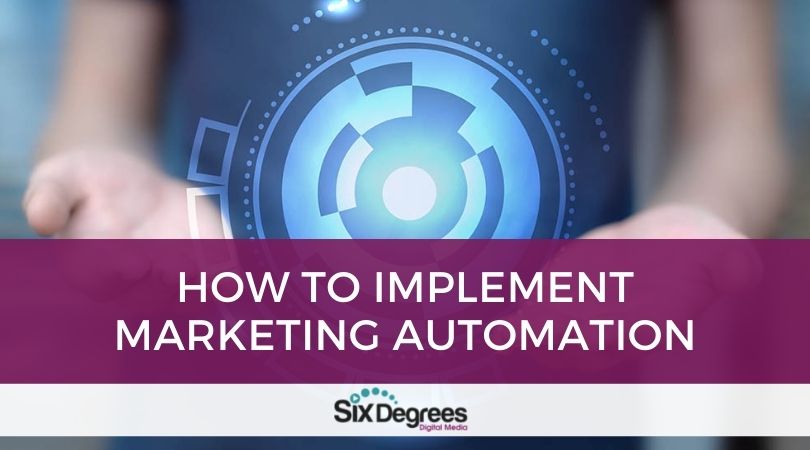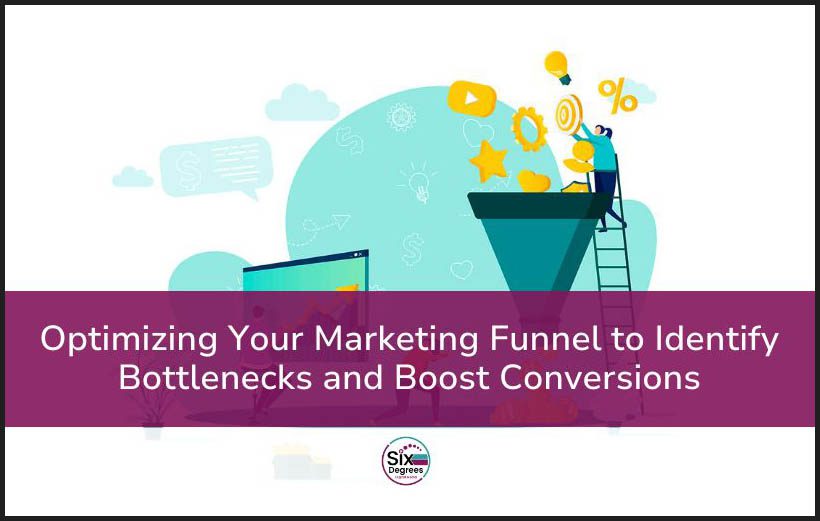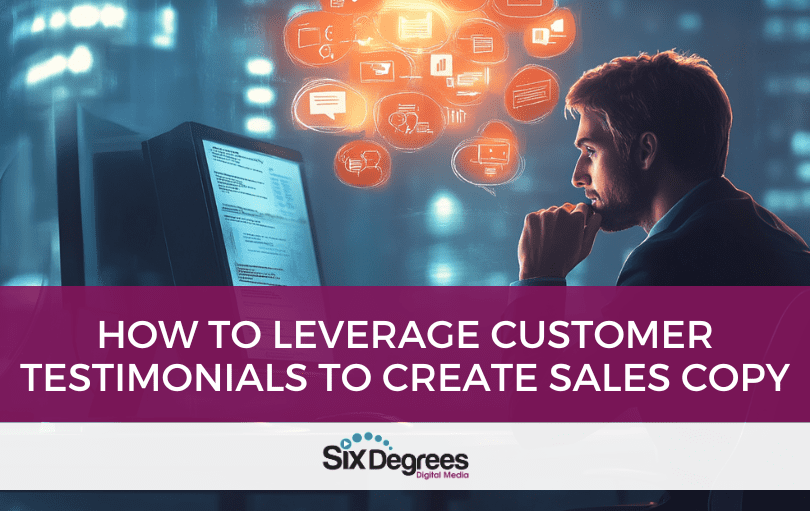One Step at a Time
In the fast-paced world of digital marketing, businesses, agencies, influencers, and entrepreneurs alike can use all the help they can get. Thanks to new technology and innovation, many marketing tasks that previously demanded manual input can now be automated with the click of a button.
Marketing automation makes the life of a marketer that much less demanding, allowing them to focus on greater, more important efforts rather than the minutia of day-to-day tasks.
Automating your workflow not only saves you time and money but also allows your business to streamline otherwise tedious tasks, capture more leads, and ultimately increase revenue.
With that being said, automating your marketing efforts requires a nuanced approach. In other words, it’s not merely a “set it and forget it” type of strategy. Instead, it’s a tangent of marketing that should simply compliment your overall marketing objectives without impairing the ever-so-important human element of doing business.
So, if you want to learn how to properly and effectively implement marketing automation into your business through best practices, the following guide will help you get started.
What is Marketing Automation
As the name suggests, marketing automation refers to the strategies, plans, and duties that have been automated by software, typically triggered by an action or time-sensitive schedule. Typically, marketing automation is used for otherwise manual tasks such as social posting, email campaigns, and data collection, however, there are several implements of marketing automation that businesses use on the daily.
As mentioned, there are several benefits and advantages of marketing automation if implemented properly. Not only does it save time, money, and headaches, but it also aids in collecting and nurturing leads, streamlining reports and analysis, and increasing the bottom line.
The following are the different types of marketing automation that one can implement into their marketing strategy.
Types of Automation
Types of marketing automation include email, social media, SMS, digital ads, marketing analysis, and customer management, among others. However, in what follows, we’ll be discussing the top three marketing automations to get you started!
- Email Marketing Automation
While many have the naive opinion that email is dead, that belief couldn’t be farther from the truth. With over 4 billion email users and the highest ROI in the marketing industry, boasting a whopping 4200% average return on investment, email marketing is one of the most common marketing automation tactics, and for good reason.Whether you’re using it for general customer communication, promotional marketing, post-purchase funnels, or retargeting campaigns, email automation can help. Because email is historically a manual process, marketing automation makes email marketing efforts streamlined, efficient, and most importantly, effective.A few of the best email marketing automation software options are Klaviyo, Mailchimp, and Drip.
- Social Media Automation
In today’s digital era, social media is king. Not only is it cost-efficient in comparison to traditional marketing strategies, but it provides a simply unbeatable ROI. As a one-stop shop for business, promotion, influence, education, interaction, and engagement, it’s imperative that businesses leverage social media and to reap all the benefits.Unfortunately, social media requires a lot of time and effort since it’s a 24/7 platform that never sleeps, especially when your business has an international customer base. That’s where marketing automation comes into play.By using automation platforms, businesses can schedule content and automate responses, allowing them to spend their time otherwise used for tedious social media tasks on larger, more important marketing duties.A couple of the most popular social media management platforms are Hubspot, Sprout Social, and Dash Hudson.
- CRM Automation
Keeping your customers happy and satisfied are of the utmost importance and should be a priority for all. Not only that, but monitoring customer data, keeping track of conversations, inquiries, and complaints, and nurturing leads, among other things, all fall under the umbrella of customer relations.Luckily, there’s a marketing automation tool for that! Having customer information all in one place is a marketer’s dream, and for obvious reasons. Being able to automate workflows, manage customer relationships, and collect customer data is key to a great customer experience.Some of the popular CRM automation software are Salesforce, Hubspot, and Zoho.
Marketing Automation Best Practices
Implementing a marketing automation strategy largely depends on your marketing goals and objectives. Moreover, it depends on what platforms (i.e. email, social media, digital ads, CRM, sales, etc.) you plan to optimize and what software you decide to use.
Nevertheless, no matter the strategy, implementing marketing automation requires you to follow the same best practices. Below are a few of the most important marketing automation best practices that you can use during the implementation phase:
- Understand who your audience is by identifying their needs and pain points.
- Identify your customer’s journey and reverse engineer your automation strategy based around that.
- Constantly monitor your automation efforts and adjust based on the data.
While automation saves you a ton of time, it still requires your eyes and ears from time to time. As mentioned earlier, it’s not merely a “set it and forget it” strategy.
Contact Six Degrees Digital Media
Marketing automation is the solution to marketing efficiency and scalability. If you want to take your digital marketing efforts to the next level, Six Degrees Digital Media can help. Contact us today to book a strategy session with us today! We can’t wait to hear from you.






